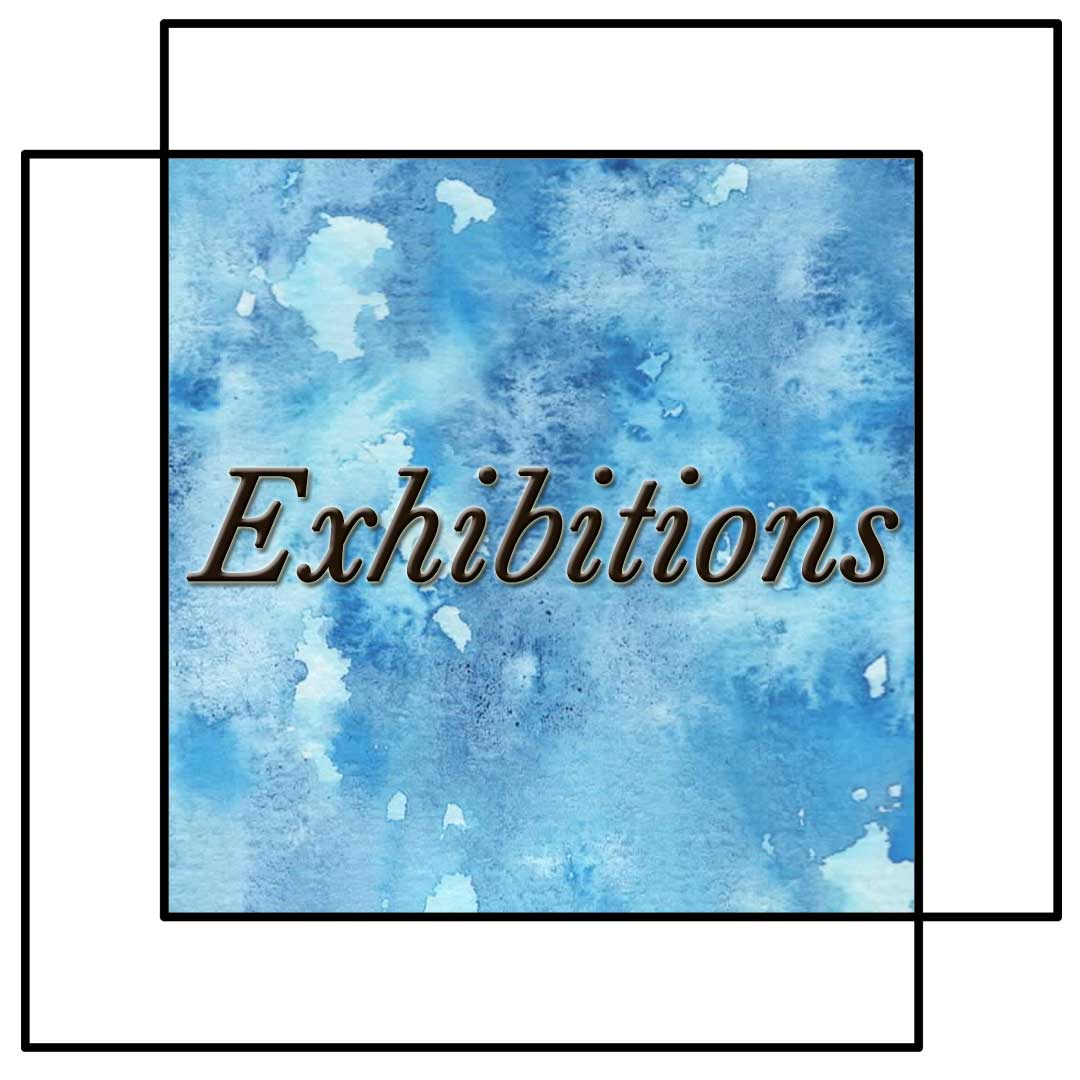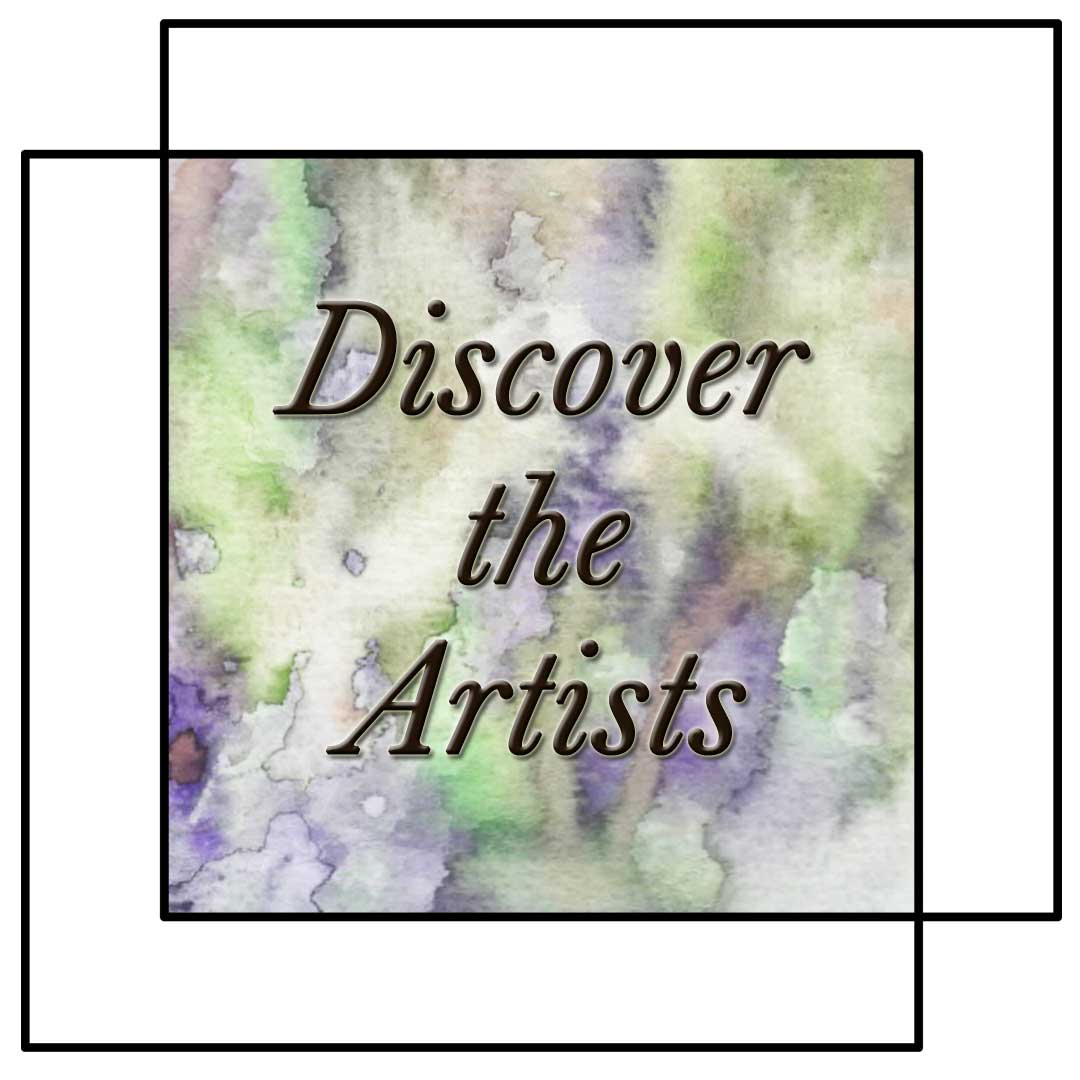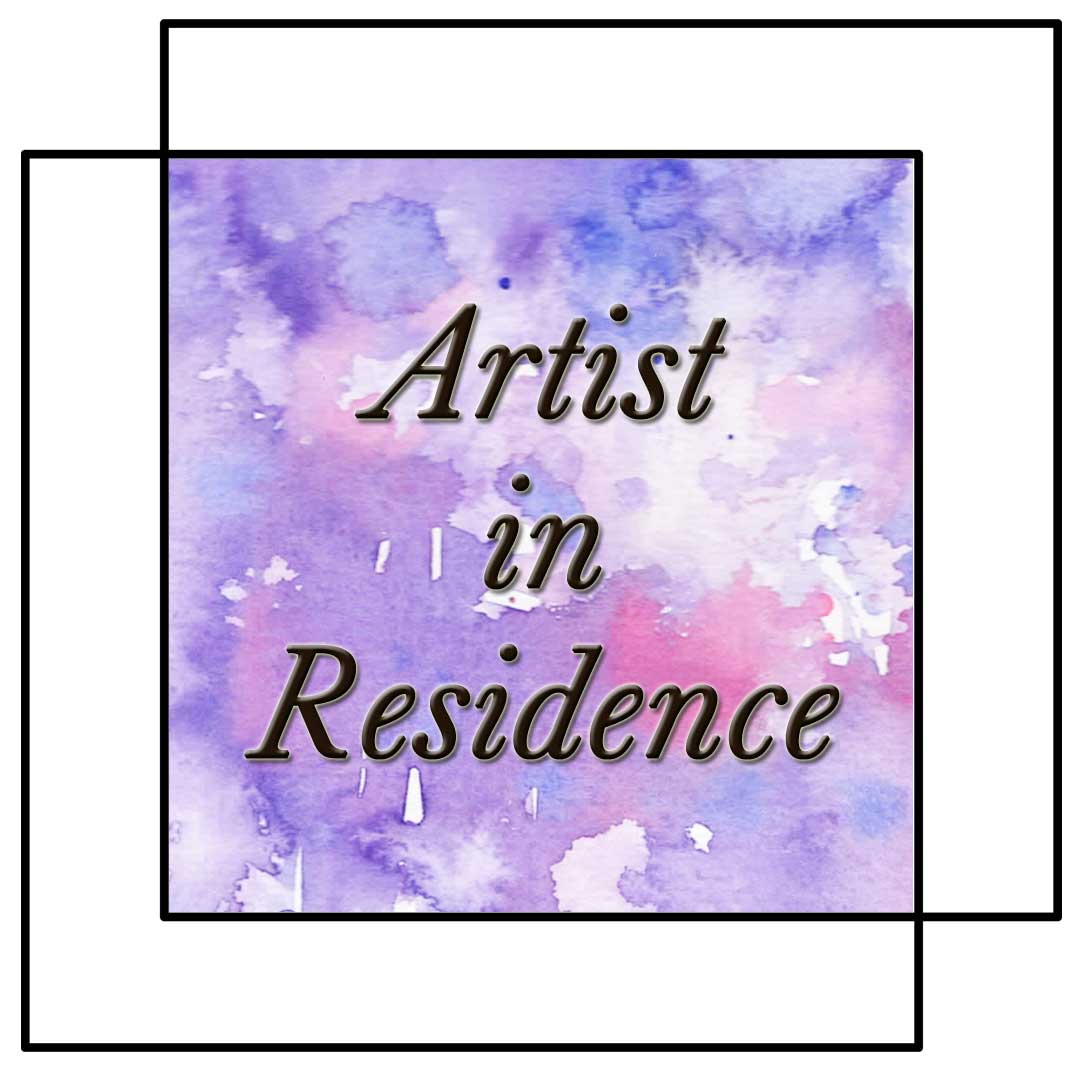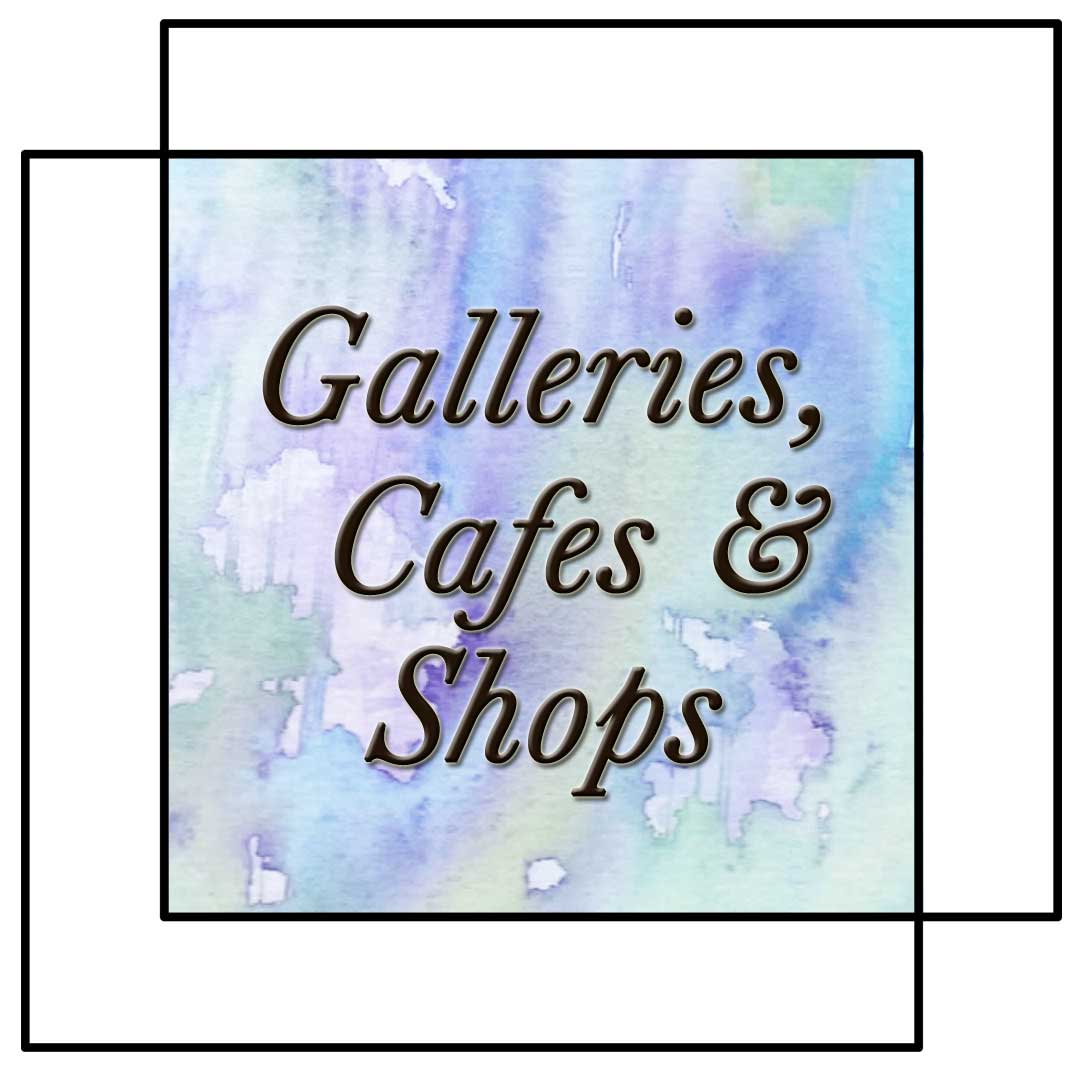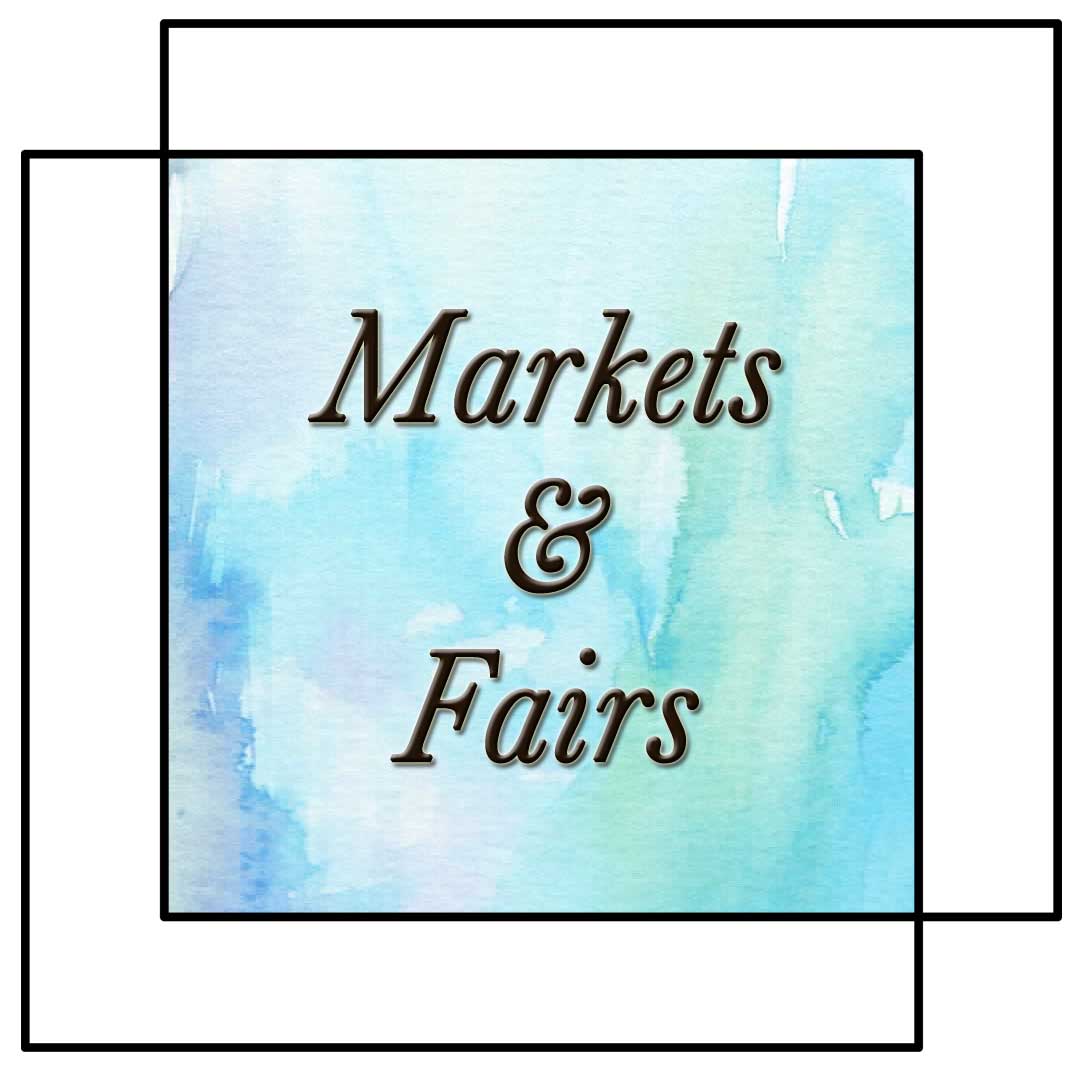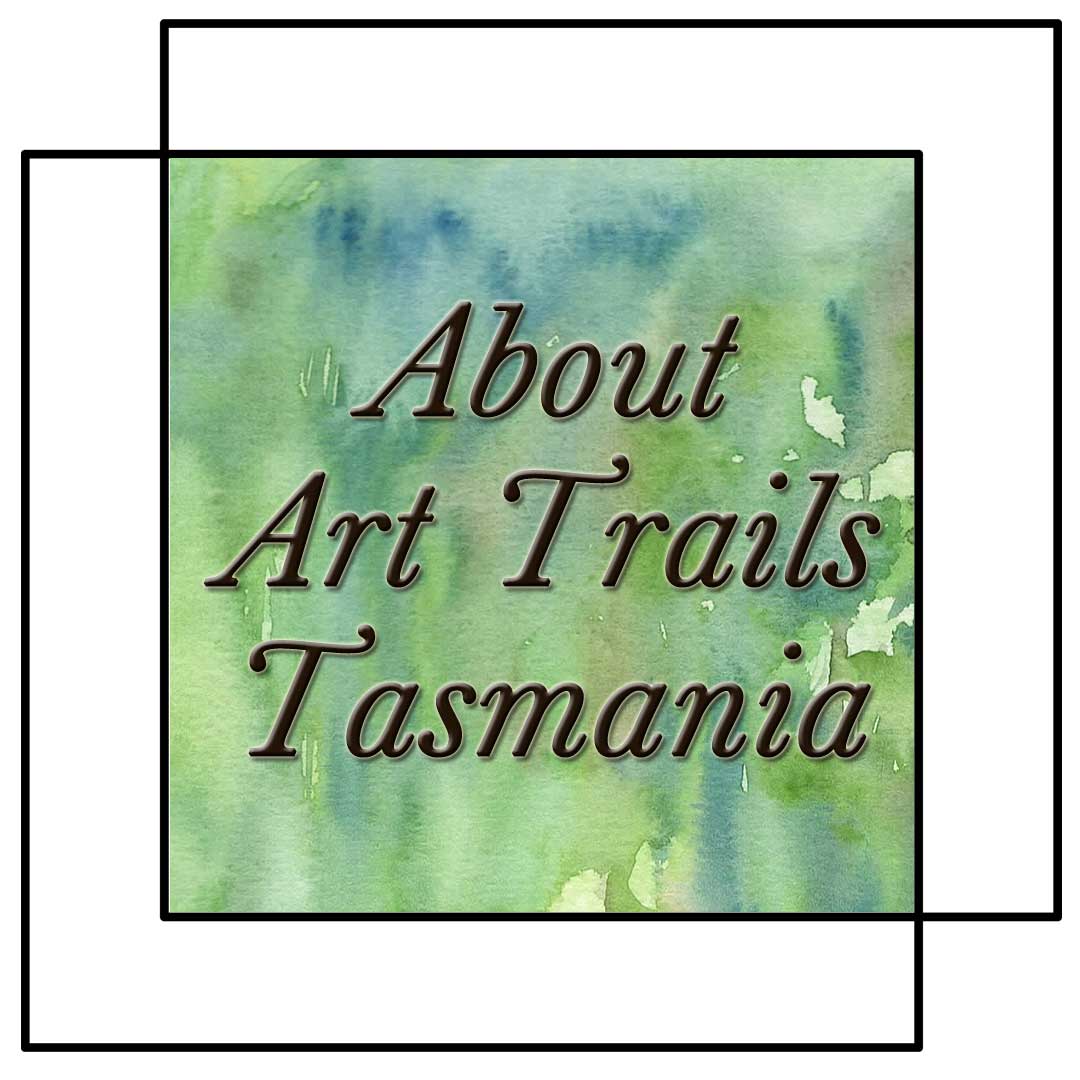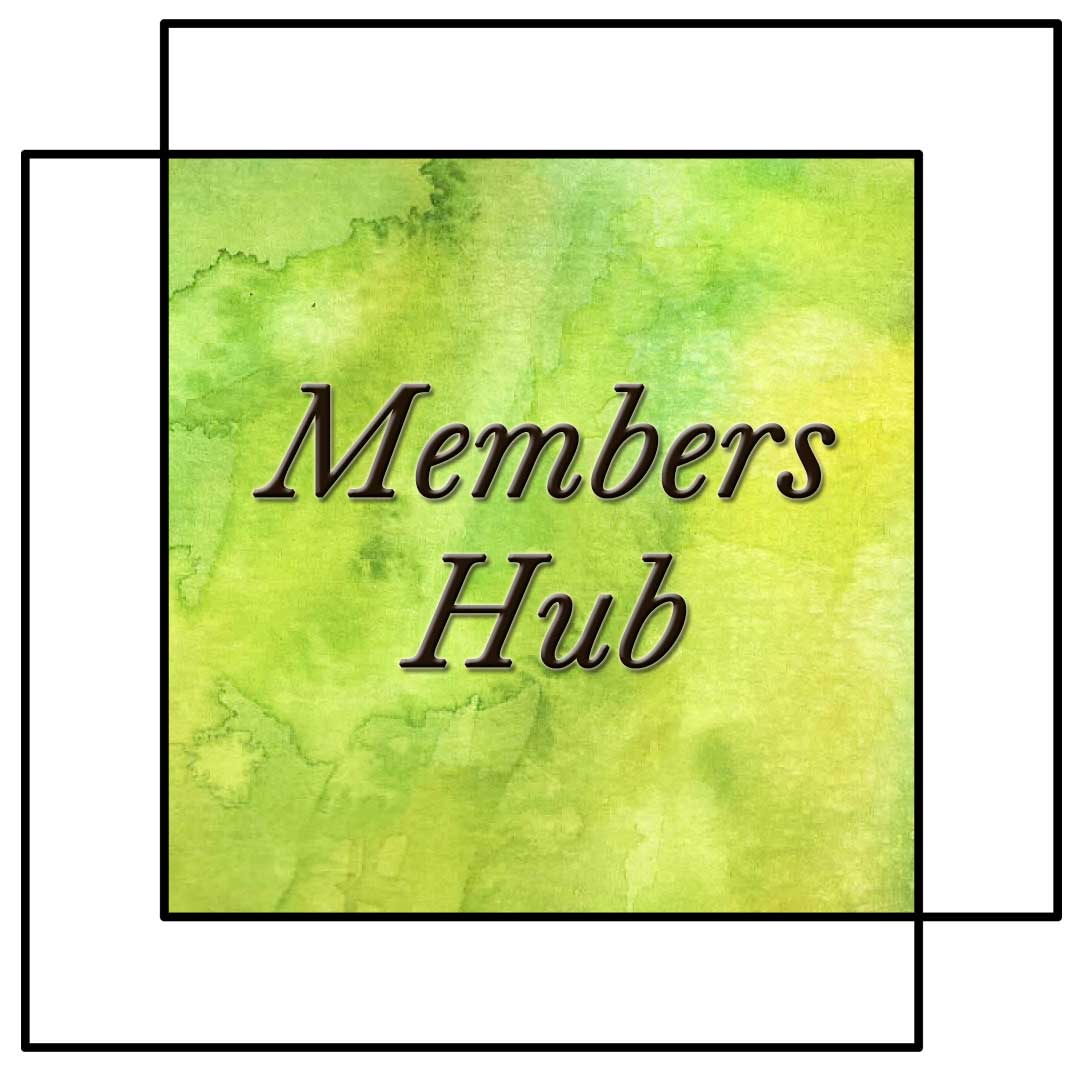Getting Around Tasmania
Here you’ll be able to find details about how to get around Tasmania, from public transport to driving to cycling.
The most popular way for visitors to get around Tasmania is by car. Bus tours are also very popular.
Petrol Prices Are Higher in Tasmania than on the Mainland
It is always best to fill up in Geelong at one of their competitively priced servos on the highway before loading onto the Spirit, it will be the last time you’ll see that price.
There are a few non-staffed service stations in Devonport and around the state with the cheaper prices but they can have extra card fees and I’ve found their payment systems a little unreliable at times.
I did a two month tour of Tasmania when petrol was at $2.50/litre and spent over $1,000. It’s made me very aware of the prices and where to fill up.
There is competition across most of the state with petrol pricing and you can often use the petrol near me details on your phone.

Driving in Tasmania
I love driving in Tasmania and I’ve learnt a few key lessons, including that it is different to driving on the mainland – there are more animals and less money for road maintenance (and I’m saying this as someone who lives in the regions where pot holes breed and they churn through your tyres). In general, the state government has less money to spend on key issues such as roads and infrastructure, health and education. There are fewer GP’s, the hospitals are under-resourced (worse than in Queensland, NSW or Victoria), wages are lower and cars are generally older.
Speed Cameras and Signage
There are a few fixed speed cameras in Tasmania and they tend to be sign posted. The mobile speed cameras aren’t sign posted. Not as many as Victoria but I think that would be true for all states and territories. Safe driving is always the best decision, especially given the condition of the roads.
Many roads don’t have speed limit signs (but they do have enforced speed limits). If there is a recommended speed for a bend take heed. There aren’t many of these signs on the B and C roads but when they are actually put in it’s been done for multiple reasons. Tasmanian roads are winding, often hilly and the lanes can be narrow with limited shoulders.
5 Driving Points
Five key points to keep in mind:
- Many care hire contracts come with specific rules about NOT driving on dirt roads, respect them. I understand this is because of the general condition of the dirt roads with their pot holes and soft edges, being in forests where there are a lot of wallabies darting across the road in front of you and how slippery the roads quickly become with rain.
- Avoid driving at night because it is very easy to collide with the wildlife. You’ll readily see the amount of road kill along all Tasmanian roads. Most of this happens from dusk to dawn. While it is common on the mainland to do a heap of driving at night between destinations it is not a good idea in Tasmania. On the upside, the scenery is so beautiful and rewarding it is a joy to drive during the day.
- Don’t trust Google maps or the navigation apps in Tasmania, they will lead you down tracks and into deadends. Google maps will often look for the shortest route and that can include a dirt road in poor condition. Don’t trust electric maps in Tasmania. Plan out your trip and have a paper map to give you a good bearing. I seriously doubt whether the navigation app owners have actually invested in properly mapping Tasmania.
- Generally the A and B roads are in good enough condition while the C roads must always be driven with caution. Some C roads are well looked after, others aren’t.
- Drive to the conditions and listen to the advice of locals. Some roads and access to them are closed in the autumn and winter months because of conditions, it is for your safety and the road’s maintence – there is a very limited budget for the dirt roads.
If you’re not a confident driver or you don’t enjoy driving (or are use to driving on the other side of the road and aren’t comfortable with driving on our side) then you may find letting someone else do the driving and travelling with others on a coach tour to be ideal. Many love it and return again and again for different tours. Click here for the Discover Tasmania range of Tours.
Fly and Drive Touring
Many visitors opt for the fly and drive Tasmanian holiday and this can easily work for a short two week visit.
The main airports have a range of car hire companies. Do your research and pick the one that suits your needs best. As a general rule Tasmanian roads and car parks are designed for regular sized cars and not the fashionable oversized ute-trucks. A sensible option is a Subaru XV with its all wheel drive and useful size.
As with any time you hire a car, go around it taking body work condition photos of the car so you don’t get binged for someone else’s bingle. The ethics of car hire companies are the same everywhere.
Bringing Your Own Car on the Spirt of Tasmania
There’s a growing number of visitors bringing their own cars on the Spirit of Tasmania and I have done this many times.
15 things that I have learnt about traveling on the Spirit:
- the staff are lovely and helpful as possible. They aren’t always empowered by management as well as they could be but they sincerely do their best.
- just take an over night bag and maybe a pillow up from the car with any medicines you need with your water bottle. You don’t need your full suitcase for one night onboard. I use a day backpack as it is an easy bag to carry and my waterbottle fits in the side pocket.
- if you suffer from sea sickness be sure to tell them when you’re booking your ticket. This will influence the location of the cabin they assign to you.
- visit the tourism information booth on the Spirit, it is full of interesting and useful flyers.
- be sure to buy the Tasmanian Touring map they have available the Tasmanian Government Official touring map of Tasmania ($5, available online, in Service Tasmania shops as well as onboard the Spirit of Tasmania). It is very useful and makes a great keep sake from your trip.
- the food on the Spirit is over priced for the quality offered. Happily the solution is quite fun, simply take your own little picnic onboard and have in your room or in the general public area. You can take the Tasmanian cheese and crackers that you’ve bought and toast the state.
- buy your National Parks Pass for your car on the ferry it is easy and the perfect time to do it.
- plan to have a quiet first day and early night to recover from the ferry. The best thing I’ve learnt is to stay in the north initially before heading down south to Hobart. There’s no need to rush across the state straight off the ferry. It is just a matter of planning and it is much more fun.
- there’s often live entertainment with a talented Tasmanian performer playing music and singing. I’ve really enjoyed every performer I’ve watched.
- don’t drink much, it’s over priced and you don’t need to go to bed drunk and be hung over for the 6.30am arrival (it is a crap way to start your holiday, trust me!).
- where ever you are on board you’re going to hear the sounds of the ferry, the sooner you accept that the better night’s sleep will be had.
- sharing cabins is a good experience. I’ve done most of my trips on the Spirit in a shared female cabin and have always enjoyed the company of my companion/s. The first time we meet is in the cabin and every person has been interesting, kind and considerate. Very sadly at the time of writing the Spirit has suspended shared cabins (naughty covid) but I’m really hoping this costly limitation will be fixed very soon.
- while the Spirit of Tasmania promotes specials they are generally on one part of the ticket. I haven’t found any of their special offers of much of a saving. The only way to keep your costs down is to book well in advance, at least four months. The Spirit management want you to think there are good savings and it can be really frustrating when you find out the details. So keep your expectations low and you won’t be disappointed (management of course would say otherwise).
- Devonport has good cafes for breakfast. I head straight for the Laneway Cafe. The only downside to the cafe is they tend to garnish your breakfast for you without knowing your preferences (oddly enough this happens quite a bit across the state). But if you let them know they do respect your order details. There is a car park next door, access is further up the hill. Once you know it is obvious.
- Geelong has good cafes for breakfast. While the drive from Melbourne to the loading dock in Geelong takes you through some of the seediest parts of the town there is actually a range of delightful independently owned cafes in the Geelong town centre for breakfast. Have a good feed before you get driving for the day.
Touring with Caravans in Tasmania
Caravans and motorhomes are a popular option and you’ll see quite a few on the roads, especially in summer.
Here are 3 tips for caravanning in Tasmania:
- If you’re bringing your caravan etc over on the ferry you’ll need to book it up to 12-15 months out. This is because of the limited number of spots available on the ferry for vehicles of that height.
- Plan your trip carefully being mindful of the actual road conditions and surfaces, not what any of the navigation maps say. Getting a locally written and researched caravanning guide to Tasmania is a smart decision. There are lots of wonderful, independently owned book shops across the state with great ranges of Tasmanian books for you, especially on caravanning and camping.
- Just as with any regional road, pull over when you get a tail and be considerate, it is safer for you and other road users. There are far fewer passing lanes and opportunties in Tasmania than elsewhere so it is no use waiting for one. Local drivers will expect you to pull over in a safe place to let them pass and it is the wisest decision.
Click here for caravanning information from Tourism Tasmania.
Cycling in Tasmania
Road cycling is dangerous in Tasmania and while it is legal, there are very few safe roads to cycle on. Simply because many of the roads are narrow, with limited if any shoulders, lots of bends and hills and a speed limit of 100 km/hour and the trucks drive to the speed limit. This means there is very little room or time for a vehicle to stop and avoid a cyclist.
Personally I nearly took out a cyclist on a B road with a 100 km limit when I came around a bend and he was in the middle of the lane. The only saving grace for both of us was that there was no on coming traffic. I never want to put another person in a wheel chair or coffin for the simple reason they are on a bike and I’m in a car.
Plus, there are very few locals who road cycle because of the conditions (LOADS of hills, narrow roads etc etc) so drivers just aren’t use to having to be prepared to react to finding a cyclist around a bend.
Mountain Bike Trails
The very good and happy news is that you can easily enjoy the magic of Tasmania on a mountain bike and you’re completely safe from trucks and cars. You get to be in the forests and that invigorating environment.
There are mountain bike trails all across Tasmania suited for various skill levels and all are somewhere beautiful.
Plus there are a growing number of mountain biking trails that are pedestrian free. So they only other people you need to consider are on bikes. Of course, if you’re in the forest, you’ll need to be ready to dodge echidnas and other beautiful wildlife.
Click here for the Mountain Biking info by Tourism Tasmania.
Bike Paths in Towns and Cities
There are a few bike paths in the cities and towns. Most are shared with pedestrian so the same considerations as always are needed, given people with headphones can’t hear approaching cyclists etc.
I haven’t come across any cycleways similar to those in Canberra. But Launceston and Hobart are hilly whereas Canberra is pretty flat and a laid out young city.
You generally won’t see many Tasmanians riding their bikes in lycra, they’ll be using their bikes to get to work etc in regular clothing.
Public Transport in Tasmania
The beautiful and inspiring state of Tasmania is abundant in so many things but sadly not in public transport.
While Hobart and Launceston have some private and public bus services in and around them, there are no trains or ligh rail public services.
You will see quite an extensive network of train lines across the state, but strangely enough, they are only used for frieght, not public transport. This impressive rail network has the potential to make tourism flourish if made available, helping money to move around the state. Logically all governments want more money moving in and around the state.
Click here for the Discover Tasmania range of Tours.
Here’s a list of bus services in different areas:
Free Tiger Bus in Launceston
Area Connect has a range of passenger bus services across the state
Metro – Launceston, Burnie and Hobart
Tasmanian Craft Fair Shuttle bus – the Craft Fair puts on a special shuttle bus so you can easily get around to the different venues in Deloraine. So once you’re in town you have a bus laid on for you.
Redline has inter-cityplus bus hire for tours etc
TassieLink is another option for bus hire
Service Tasmania
Service Tasmania has shop fronts across the state and they are very useful for buying your National Parks pass and book Overland treks as well as hiring a peronsal locator beacon.
Service Tasmania is mainly setup for locals for looking after things such as rego etc. But they can be very helpful for visitors and have maps and walking track books.
See What’s On Across Tasmania
Just click on the images below to find out what is happening with various artists across the state.


